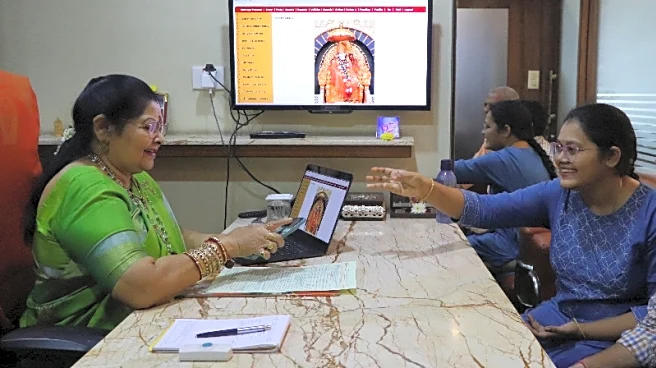What's Happening?
The University Grants Commission (UGC) has issued new guidelines requiring higher education institutions in India to implement a Public Self-Disclosure system. This initiative aims to enhance transparency, accountability, and accessibility of institutional information. Universities and colleges must publicly disclose key information related to governance, academics, finances, and infrastructure on their official websites. The guidelines mandate regular updates on accreditation status, faculty strength, student enrollment, fee structures, financial audits, and research output. This move aligns with the National Education Policy 2020, promoting informed decision-making among students and parents while ensuring institutional integrity and good governance.
Why It's Important?
The UGC's guidelines are significant as they aim to foster greater transparency and trust in India's higher education system. By mandating public disclosure of institutional information, the initiative seeks to empower students and parents with the data needed to make informed decisions about education choices. This move is expected to enhance accountability among educational institutions, ensuring they maintain high standards in governance and performance. It also supports the objectives of the National Education Policy 2020, which emphasizes transparency and informed decision-making in the education sector.
What's Next?
Higher education institutions in India are expected to comply with these guidelines promptly. The UGC will likely monitor compliance and may introduce measures to ensure adherence to the disclosure norms. Institutions may need to invest in systems and processes to regularly update and maintain accurate information on their websites. This initiative could lead to increased scrutiny of institutional performance, potentially influencing funding and accreditation decisions.
Beyond the Headlines
The guidelines reflect a broader trend towards transparency and accountability in education governance. They may encourage institutions to improve their operational practices and enhance their public image. This move could also lead to increased competition among institutions to attract students, driving improvements in educational quality and infrastructure.












